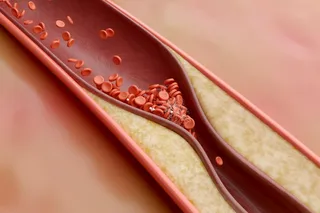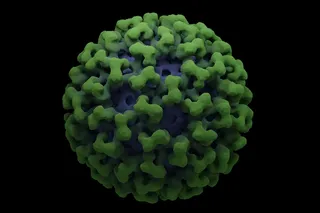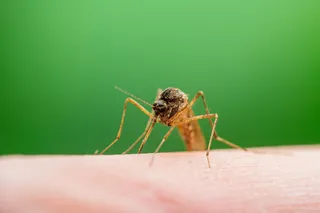It sounded like the plot of a disaster movie: a mysterious disease in the Democratic Republic of Congo (DRC) appeared to jump from a bat to three children who ate it. They died within two days of developing symptoms. Those symptoms included diarrhea, vomiting, and internal bleeding. Within 21 days of the first reported case, 53 people had died and more than 400 developed symptoms. People were, to put it lightly, getting worried.
Scientists had initially feared this spread could represent another Ebola-like crisis — since that disease originated in animals, then jumped to humans, sickening and killing a large number of people. People can now rest a bit easier, since the disease’s origins appear to have been linked to contaminated water. At a World Health Organization (WHO) press conference, a WHO expert said that, in the hardest hit villages, people tended to share the same water source.
“If it ...














